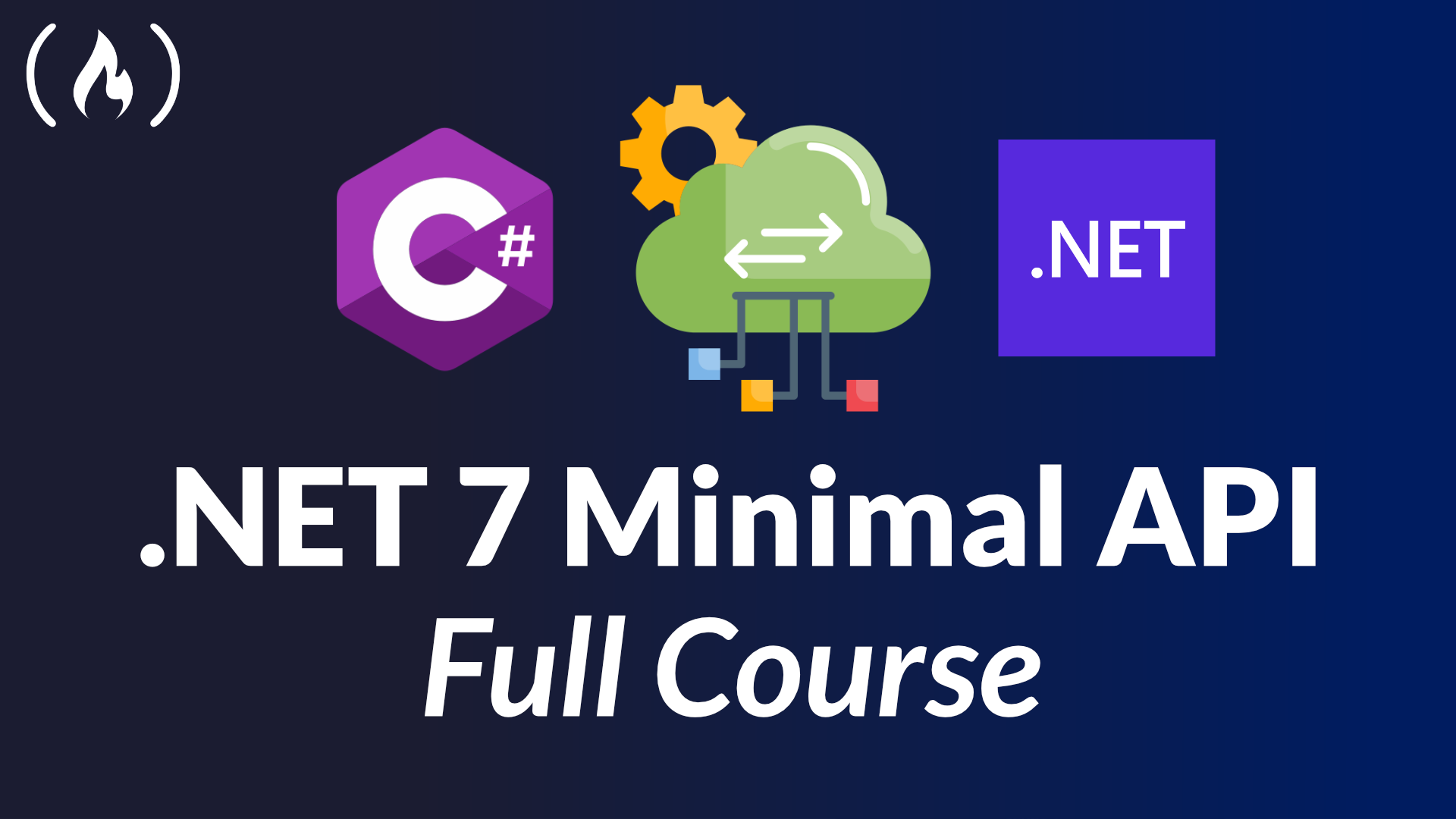Minimal APIs offer a streamlined approach to constructing HTTP APIs with minimal dependencies, making them perfect for microservices and applications that aim to incorporate only the essential files, features, and dependencies within ASP.NET Core.
We just published a coruse on the freeCodeCamp.org YouTube channel that will teach you the power of Minimal APIs in .NET 7 and build well-constructed endpoints with C#, .NET 7, and Swagger.
You'll gain a deep understanding of API basics, routing, dependency injection, and more, culminating in the ability to create well-constructed Minimal API endpoints.
Topics Covered
This comprehensive course will cover the following topics:
- Why Minimal API? - Understand the advantages of using Minimal APIs in your projects and how they differ from traditional APIs.
- Create Project - Set up a new project with .NET 7 and explore the differences between Minimal and Standard APIs in terms of project structure and files.
- Program File Changes - Learn about the changes you'll need to make to your Program.cs file to accommodate Minimal APIs.
- API Basics - Dive into the fundamentals of APIs, including requests, responses, and HTTP verbs.
- Create First Endpoint - Build your first Minimal API endpoint using C# and .NET 7.
- Route Parameters - Learn how to use route parameters in your Minimal API endpoints for more dynamic functionality.
- Create Coupon Model and Coupon Store - Set up a data model and storage solution for a coupon system, which will be used in subsequent endpoints.
- Get All Endpoint - Implement an endpoint to retrieve all coupons from the coupon store.
- Get Individual Coupon - Develop an endpoint to fetch a specific coupon based on its unique identifier.
- Create Coupon - Create an endpoint to add new coupons to the store.
- Name Endpoints - Understand the importance of naming your endpoints and how to do so effectively.
- Products and Accepts in Minimal API - Learn how to use the
ProducesandAcceptsattributes to define supported media types in your Minimal API endpoints. - Dependency Injection in Minimal API - Explore the process of implementing dependency injection in your Minimal APIs to improve testability and maintainability.
- Add DTOs - Implement Data Transfer Objects (DTOs) to separate your API's data representation from its internal data structures.
- AutoMapper and Dependency Injection - Learn how to use AutoMapper to map data between your DTOs and data models, integrating it with dependency injection.
- Fluent Validators - Implement validation logic for your DTOs using Fluent Validation.
- Async Endpoints - Explore the benefits of asynchronous programming and how to create asynchronous endpoints in your Minimal API.
- API Response - Learn how to create custom API responses and handle errors gracefully in your Minimal API.
- Assignment - Put and Delete - Apply your newfound knowledge by implementing update (PUT) and delete (DELETE) endpoints in your coupon system.
- Assignment Solution - Put and Delete Endpoints - Review the solutions for the PUT and DELETE endpoints assignment, comparing your implementation with the recommended approach.
Conclusion
Upon completing this course, you'll have a solid understanding of how to implement Minimal APIs in .NET 7, and build robust and efficient API endpoints.
Watch the course on the freeCodeCamp.org YouTube channel (2-hour watch).
